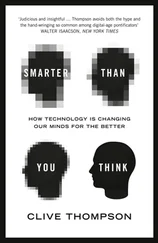Lys asks a reasonable question: “But how would one know someone was a Congo?”
“Oh, you would know. They had a way of speaking, a way of dressing. They always called each other “Mister.” Always the big man. And they lived very well. This,” he says, waving at the devastation of Monrovia, “was all very nice.”
The largest concrete structures-the old Ministry of Health, the old Ministry of Defense, the True Whig Party headquarters-are remnants of the peaceful, unjust regimes of President Tubman (1944-71) and President Tolbert (1971-80), for whom Liberians feel a perverse nostalgia. The university, the hospital, the schools, these were financed by a True Whig policy of massive international loans and deregulated foreign business concessions, typically given to agriculturally “extractive” companies, which ship resources directly out of the country without committing their companies to any value-added processing. For much of the twentieth century, Liberia had a nickname: Firestone Republic. The deals that condemned Liberians to poverty wages and inhumane living conditions were made in these old government buildings. The people who benefited most from these deals worked in these buildings. Now these buildings have rags hanging from their windows, bullet holes in their facades and thousands of squatters inside, without toilets, without running water. Naturally, new buildings are built, new deals are made. On January 28, 2005, while an interim “caretaker” government presided briefly over a ruined country (the elections were due later that year), Firestone rushed through a new concession: fifty cents an acre for the next thirty-seven years. A processing plant-for which Liberians have been asking since the 1970s-was not part of this deal. Ministers of finance and agriculture, who had no mandate from the people and would be out of office in a few months, negotiated the deal. It was signed in the Cabinet Room at the Executive Mansion in the presence of John Blaney, U.S. ambassador at the time. During the same period, Mittal Steel acquired the country’s iron ore, giving the company virtual control of the vast Nimba concession area. The campaigning group Global Witness described the Mittal deal as a “case study in which multinational corporations seek to maximise profit by using an international regulatory void to gain concessions and contracts which strongly favour the corporation over the host nation.”
It is a frustration for activists that Liberians have tended not to trace their trouble back to extractive foreign companies or their government lobbies. Liberians don’t think that way. Most Liberians know how much a rubber tapper gets paid: thirty-five American dollars a month. Everyone knows how much a government minister is paid: two thousand American dollars a month-a Liberian fortune. No one can tell you Firestone’s annual profit (in 2005, from its Liberia production alone: $81,242,190). In a country without a middle or working class, without a functioning civic life, government is all. It is all there is of money, of housing, of health care and schooling, of normal life. It is the focus of all aspirations, all fury. One of the more reliable signs of weak democracy is the synonymity of the word government with government buildings. Storming Downing Street and killing the prime minister would not transfer executive power. In Liberia, as in Haiti, the opposite is true. The violence of the past quarter century has in part represented a battle over Congo real estate, in particular the second, infamous Executive Mansion. It is hard to find any Liberian entirely free of the mystique of this building. In the book Liberia: The Heart of Darkness, a gruesome account of the 1989-97 war, the author’s descriptions of 1990’s catastrophic battle for Monrovia are half war report, half property magazine:
From the university campus, [Charles Taylor’s] NPFL pounded the heavily fortified Executive Mansion: the huge magnificent structure built in 1964 by the Israelis at the cost of $20 million. With its back to the brilliant white beach of the Atlantic, the Executive Mansion is located at the point where West Arica comes closest to Brazil.
In 1990, that was President Samuel K. Doe inside, refusing to leave. Ten years earlier, in 1980, when the twenty-eight-year-old Doe, a semiliterate Krahn tribesman and master sergeant in the Liberian army, staged his coup d’état, his focus was also the executive mansion. He fought his way in, disem boweling President Tolbert in his bed.

We visit Red Light market. Aubrey: “Why is it called Red Light?”
Abraham: “Because a set of traffic lights used to be here.”
It is a circular piece of land, surrounded by small shops and swarming with street traders. The shops have names like The Arun Brothers and Ziad’s, all Lebanese owned, as is the Mamba Point Hotel. Almost all small business in Liberia is Lebanese owned. Abraham shrugs: “They simply had money at a time when we had no money.” The bleak punch line is Liberia’s citizenship laws: anyone not “of African descent” cannot be a citizen. Lebanese money goes straight back to Lebanon.
Women crouch around the market’s perimeter, selling little polyethylene bags of soap powder. Some are from WOCDAL (Women and Children Development Association of Liberia), funded by Oxfam. WOCDAL lends them one hundred Liberian dollars (less than two American dollars) for a day. This gives the women a slight economic advantage in Red Light, analogous to the one the Lebanese had over the Liberians in the 1950s: money when others have none. No one else in Red Light can afford to buy a full box of soap powder. This the women then sell in pieces, keeping the profit and returning the one hundred dollars to WOCDAL. It is a curious fact that a box of soap powder, sold in many small parts, generates more money in the third world than in the first. A woman with five children tells us this enables her to send two of her three children to school. The other three work alongside her in the market. How do you decide whom to send? “I send the fourteen- and fifteen-year-olds to school, because they will be finished sooner. The five-, six-, and seven-year-olds work with me.”
From the 4x4, West Point does not look like a “flagship project.” A narrow corridor of filth, lined on either side with small dwellings made of trash, mud, scrap metal. Children with distended bellies, rotting food, men breaking rocks. It stretches for miles. The vehicle sticks in an alley too narrow to pass. The visitors must walk. Close up, the scene is different. It is not one corridor. There are many networks of alley. It is a city. Food is cooking. Small stalls, chicken skewers for sale. Children trail Aubrey, wanting their photograph taken. They pose boldly: big fists on knobby, twiggy arms. No one begs. We stop by a workshop stockpiled with wooden desks and chairs, solid, not unbeautiful. They are presently being varnished a caramel brown. A very tall young white man is here to show us around, Oxfam’s program manager at West Point. “This,” he says, placing both hands hard on the nearest desk for emphasis, “is great workmanship, no?” Lysbeth peers at the wood: “Um, you do know that’s not quite dry?”

Patrick Alix is thirty years old. He is distinctly aristocratic looking, half French, and so unrelievedly serious the urge is to say stupid things in his presence. Before working in West Point, Patrick worked in Zambia doing emergency work, qualified as a chartered accountant, worked for the World Wildlife Fund in Indonesia (“I used to be an ecology militant”), performed a management evaluation of the French nuclear fusion reactor program, produced a Reggae album in Haiti and played violin in the Liverpool Philharmonic Orchestra. The above is not an exhaustive list. He has seen the situation in Liberia progress from the direst emergency to the beginnings of “development.” “Basically, we’ve followed the returnees from the camps-many settled in this community. Sixty-five thousand people live here, thirty thousand of them children. Now, there are nineteen schools in the slum, yes? So-” Wait. There are schools in a slum? Patrick frowns, stops walking. He pinches his temples. “Sure,” he says. “But we’re going to the only government one. The rest are private, sharing space with churches, or mosques, with volunteer teachers. There’s also a teacher’s council here, a commissioner, the township council-you understand the slum is a township? It’s organized into blocks and zones. The area representatives call meetings. Otherwise nothing would get done.”
Читать дальше
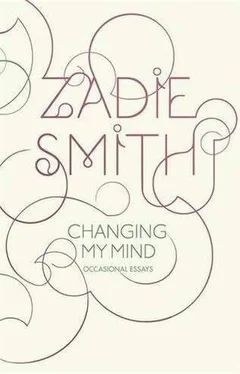


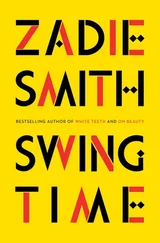

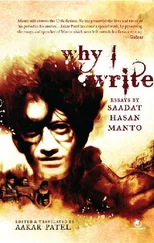
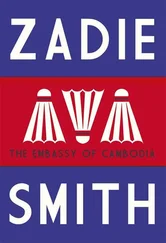
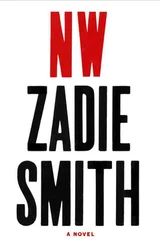
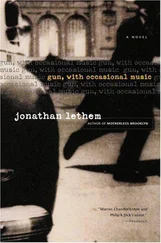
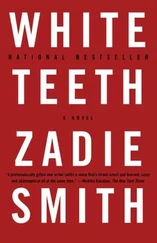
![Джон Харгрейв - Mind Hacking [How to Change Your Mind for Good in 21 Days]](/books/404192/dzhon-hargrejv-mind-hacking-how-to-change-your-min-thumb.webp)


